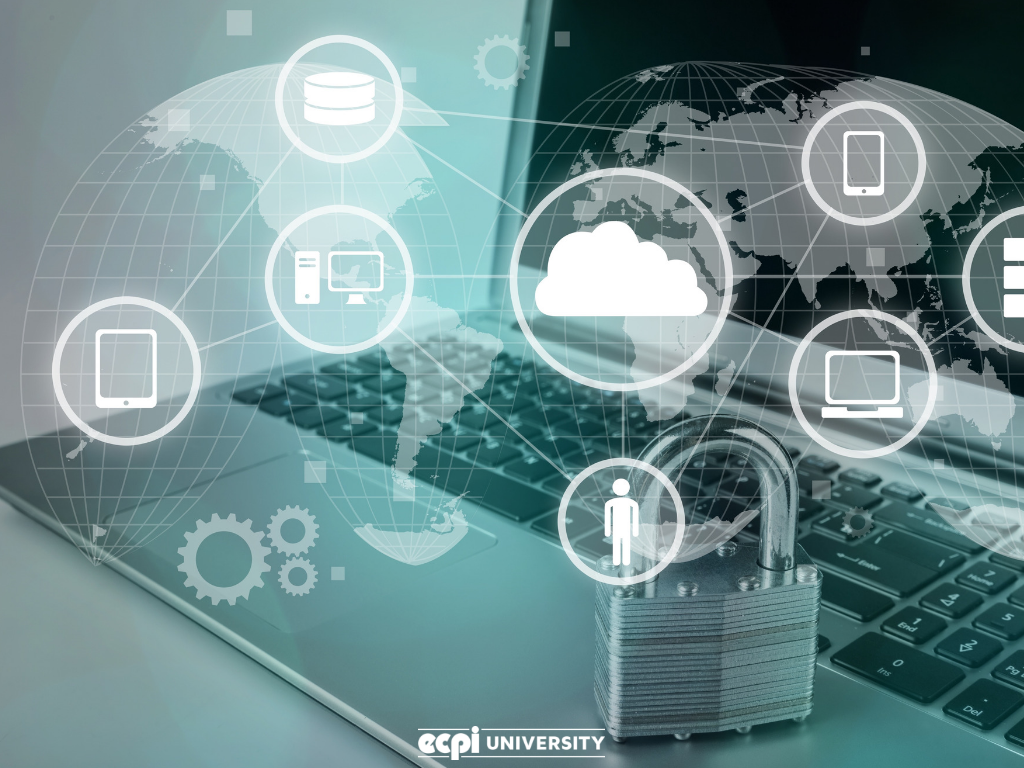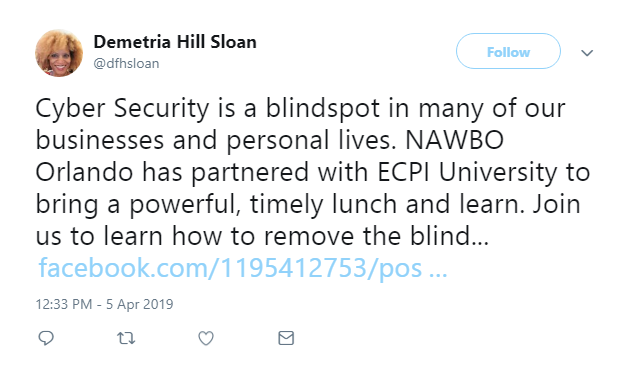Cloud Computing Risks: How Could You Make the Cloud Safer for Others?
Because of cloud computing, you can access data anytime and anywhere as long as internet connection is available. Many services have become cloud-based in recent years as a result of this innovation, and many more will follow. An example of such service is Spotify. When you use the app, you don't have to download songs to your device anymore because you can access your playlist as long as you're online.
Another example is Google Sheets, an application that lets you create new and edit existing spreadsheets all on the internet. You don't have to worry about fitting everything in the limited storage capacities of your devices, or carrying a hard drive everywhere you go just to ensure you'd always have enough space.
How Does Cloud Computing Help Business Professionals?
Beyond that, cloud computing enables you to work with other people in real time, regardless of where everyone is located. You in the US and your colleagues in other countries no longer have to meet physically to work together; you can simply use collaboration tools like Skype to talk to one another and Prezi to share presentations with each other.
There's no denying that cloud computing makes your personal and professional life much easier. But if you're not careful, this convenience may come with a price: security. Hackers are always eager to intercept data on the internet, and sometimes, they succeed.
Given that, just how secure is data in the cloud? There's no cut-and-dry response to that, not when different cloud service providers don't adhere to the same security measures. Thus, one application can be safer than other applications with the same functionality.
So what makes an application safer? When the following pillars of security are addressed:
Application Security
In reality, the cloud is a virtually infinite resource shared by multiple users. Think of it as a whole pie cut into many slices. When the right security measures are applied, each slice becomes self-contained, so there's no overlap happening. The slice, no matter how big or small, becomes like a whole pie in itself.
Translated into a real-life scenario, it just means that two organizations can avail the same services offered by the same provider, but the data of the first organization is not made available to the second organization, and vice versa. This can be done by applying stringent authentication processes and fine-grained access rights control, among other things.
Data Security
Enterprise-grade encryption keeps data safe whether it's in transit or in storage. Ideally, stored documents should be encrypted using AES-256 encryption, while transmitting documents moving between the browser and the application should use HTTPS via TLS with a 2048-bit TLS certificate.
Also, documents should not be decrypted in full -- only needed parts should be decrypted at any given time to prevent having a copy of the full file in temporary storage. This practice is called on-the-fly decryption.
Infrastructure Security
It's not enough for the front end to be secure; the back end should be secure as well. Data centers should be ascertained that they are secure 24/7 both physically and digitally. Because these data centers hold confidential information, physical security in the form of trained guards, surveillance and alarm systems, as well as high-level clearances should be implemented.
As for digital protection, firewalls and antivirus software are a must. Systems should be monitored 24/7 for any possible intrusion attempt that can compromise sensitive data. Multi-factor authentication should also be present as a means to protect the current settings used. Settings shouldn't be easily changed without strict verification process.
Redundancy on resources also matters for delivering uninterrupted service. Data should be stored in multiple servers in different locations, ensuring that data can still be used from other servers in other areas if something happens to the servers of one area (e.g., like a forest fire or earthquake).
Are you interested in the field of cloud computing? If you would like to earn a Bachelor of Science in Computer and Information Science with a Major in Cyber and Network Security - Cloud Computing Track, consider ECPI University. We offer this hands-on program at an accelerated pace. For more information, connect with a helpful admissions counselor today.
It could be the Best Decision You Ever Make!
DISCLAIMER – ECPI University makes no claim, warranty, or guarantee as to actual employability or earning potential to current, past or future students or graduates of any educational program we offer. The ECPI University website is published for informational purposes only. Every effort is made to ensure the accuracy of information contained on the ECPI.edu domain; however, no warranty of accuracy is made. No contractual rights, either expressed or implied, are created by its content.
Gainful Employment Information – Cloud Computing Track - Bachelor’s
For more information about ECPI University or any of our programs click here: http://www.ecpi.edu/ or http://ow.ly/Ca1ya.





